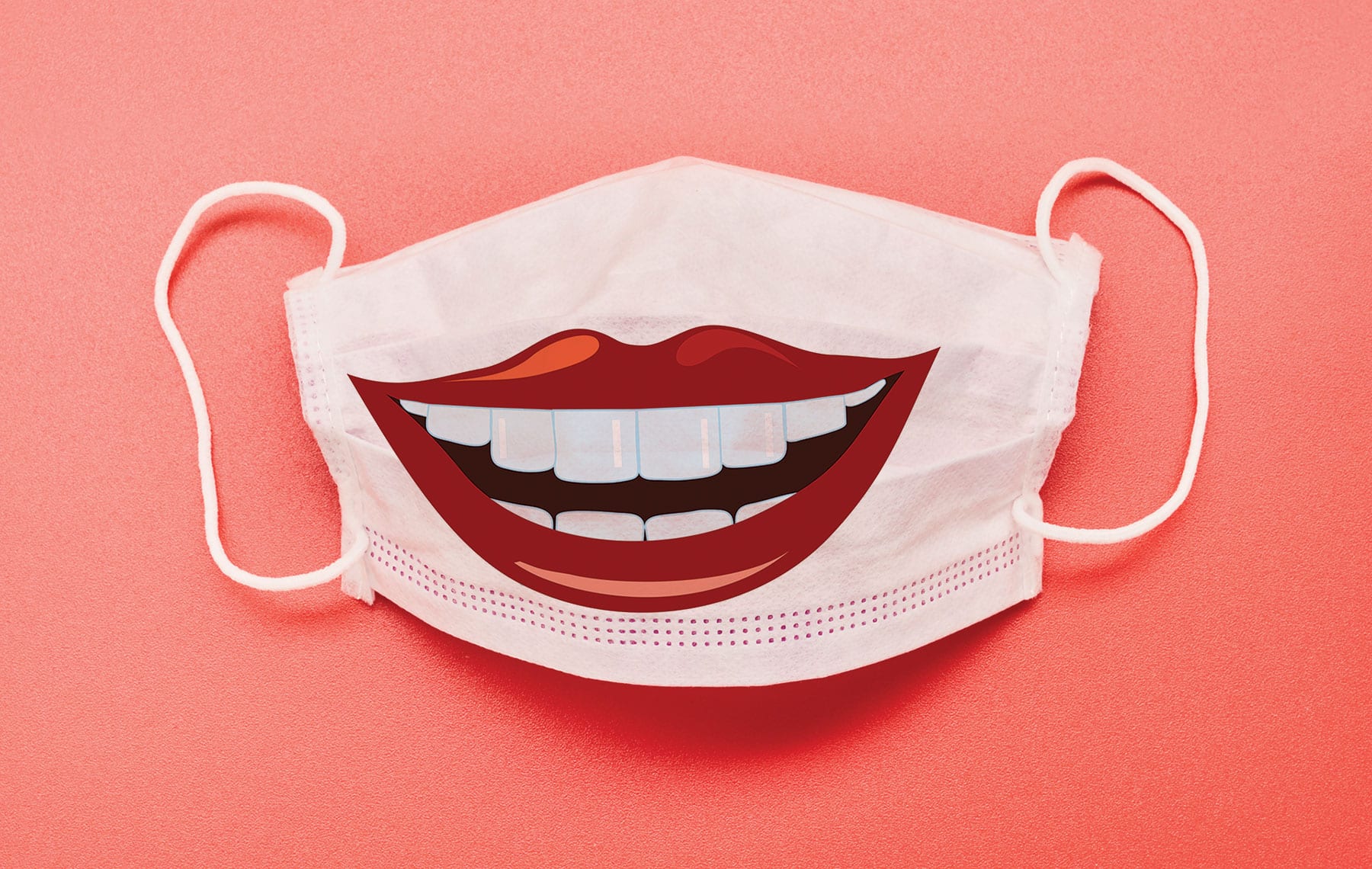
By now, many of us have seen the 90-second viral video in which Israeli mom and special education teacher Shiri Kenigsberg Levi rants about the difficulty of suddenly having to home-school her children while the country is on lockdown. “I go from one child to the other — here’s science, here’s math — how am I supposed to know all of those things?” Levi says in the video. “Now our children will find out how dumb we are. It’s not right, really!”
It’s not really meant to be a comedic bit. It’s a mother letting off steam, and her stress and frustration are very real. But her delivery is hilarious and given that the video has been shared and translated all over the world and even posted to many celebrities’ personal Instagram and Facebook pages, it’s safe to say most of us can agree on this. But the question is: Why is it so funny? Why has it struck such a comedic nerve in so many people? She’s clearly upset. Like many of us, she’s had it with the stress of this new predicament of being forced to work from home while helping to facilitate her children’s new world of distance learning.
“I go from one child to the other — here’s science, here’s math — how am I supposed to know all of those things?” Levi says in the video. “Now our children will find out how dumb we are. It’s not right, really!”
Although anything that’s humorous typically has multiple layers that determine exactly why it’s funny, Levi’s rant exposes the ridiculous nature of some of the expectations parents all over the world have set for themselves when it comes to temporarily home-schooling their children. Most of us have other jobs and are trying to perform those duties from home while simultaneously helping our children learn at home. My son’s school and teachers in particular have done an incredible job at quickly and efficiently transforming the school into a distance-learning program extraordinaire. But regardless of how great a job any school does at making this transition, it’s not going to transform parents into award-winning educators.
Yet, so many of us have placed these expectations on ourselves — in many cases, unknowingly.
One of the funniest parts of the Levi video is her assessment of the music portion of her child’s distance learning. “The music teacher of my youngest sent over a musical score this morning. What am I going to do with that information?” she says in the video. “What, do I have some kind of band in the house? I can’t read music! Just one second, let me pull out my clarinet and help my son with his score.”
I may have laughed myself to tears at that one. The idea that a parent suddenly can become a professional math, science, literature and music teacher is laughable. Levi reminds us of this. So when we laugh at her, we are laughing at ourselves — at our ridiculously high expectations of ourselves. But we also are laughing out of relief because we suddenly understand we aren’t meant to get all of it right. We’re only meant to try, to do what we can.
We are only human, after all.
Levi’s video is just one of countless videos and memes that have circulated widely in the past six to eight weeks. It seems we want, or need, to laugh now more than ever. This isn’t to say there aren’t also competing needs for tears or expressions of anxiety. However, it’s undeniable that laughter may be our dominant mode of expression in a time defined largely by self-quarantine and perpetual fear of the looming COVID-19.
However, it’s undeniable that laughter may be our dominant mode of expression in a time defined largely by self-quarantine and perpetual fear of the looming COVID-19.
Like it or not, we all are inhabiting a moment of uncertainty. It’s an uncertainty haunted and shaped — ironically — by one enormous universal certainty: death. Times like this remind us we are human and that we all move — no matter how rich or poor, how young or old — slowly and assuredly toward the one thing of which we can all be certain.
We will all die.
But there’s something especially jarring about a pandemic that forces us into our homes and makes us fearful of venturing out into the world and being close to others. It’s as if we forgot we were all, always and already, creeping slowly toward death.
And although most of us hope beyond all hope that the tide will soon turn, that a glimmer of light will appear out of nowhere to assure us all will be well, the truth is that hope is just that: hope. It isn’t certainty or clarity. It’s the desire for those things, an expression of the belief that they will be ours. But hope doesn’t provide certainty. And if hope — our only hope — is a failure before it has even begun, then where do we go next? How do we find relief or reprieve?
Numbers and statistics provide hard, fast data, facts in numerical costumes. From global medical experts and politicians to local grocers and restaurant owners who quickly have transformed their restaurants into take-out and small grocery services, everyone is crunching the numbers these days, turning and turning them as if they are the most ancient learned scholars spinning a talmudic injunction, looking for hard data that will put wings to our hope. Numbers don’t lie, we tell ourselves.
Except that sometimes, they do.
Numbers lie when they don’t tell the whole story, when they are extracted from the necessary context of the many private worlds populated by those people who make up the numbers. Positive, recovering, critically ill, dead: The numbers reflecting these statistics change and grow each day. We watch news footage of the stacked coffins in Italy. I, myself, check the Italian death and new cases counts each morning, telling myself this will give me certainty, that it will show me what to expect here in the U.S. in the coming weeks. Just the other day, as I watched Italian news footage, I caught myself absentmindedly trying to count the coffins in the background, as if the numbers would tell me something crucial, or somehow order the chaos in a way that is more palatable. There’s certainty in numbers, after all.
Except that there’s not.
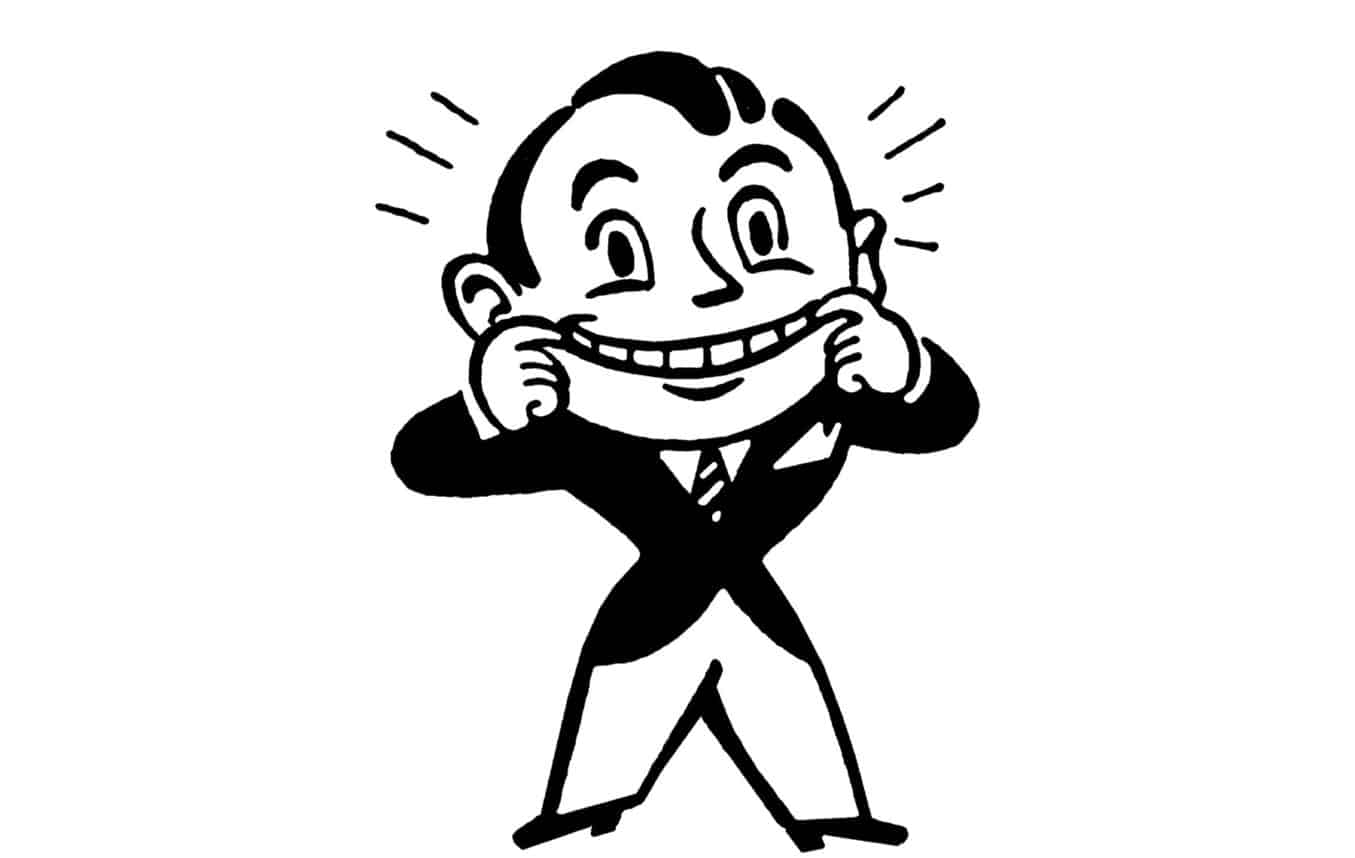
I’ve often written about the role of artists, writers and filmmakers in our culture. There is a sense in which they have become the clerics and rabbis of our time. A good book, film or television show can teach us how to grapple with some of the most philosophically perplexing issues of our time. Of course, this isn’t to say the voices of authentic religious leaders no longer are necessary, but rather, there is room in this space of global uncertainty for many more voices.
We need them all.
Artists give us as much certainty as we can expect in times like this. Most importantly, they remind us that we are human, and that although the external world around us may feel like it’s crumbling and changing at breakneck speed, closing in around us in ways that threaten to stifle and strangle, our inner worlds remain intact and need to be nourished. The ideas and stories and emotions that we love and believe in need not be suppressed by fear and uncertainty as many of us feel as if we are being held hostage in our own homes. This is a time when we can draw not just on the words of faith leaders, but also on what artists of all kinds can offer us.
In moments like these, moments of extreme and crippling uncertainty, I reach for artists who make me laugh. For obvious reasons, a lot of people have begun reading or re-reading Albert Camus’ “The Plague” (1947) over the past couple of months. It’s a dark reflection on the human condition in the context of a plague that sweeps the French Algerian city of Oran. I usually prefer stories like this, stories that dive unabashedly into the darkness and face it. But not this time. This time, I want something different. I want to feel my humanity most profoundly. I want to laugh.
I want to laugh and laugh and laugh.
It’s not that I want to escape. Quite the contrary, actually. It’s that I want to be borne into the eye of this hurricane. I want to know what it’s like to experience all the emotions at once in a way that doesn’t chip away at my sense of hope. I want to laugh. I want to sit in the eye of the storm, where it’s oddly still, and I want to laugh. I want to laugh not because it takes me away or distracts me, but because it reminds me I am, indeed, human. And humans are resilient. And all will be OK in the end.
In a course I used to teach on the topic of humor and the Holocaust, I would remind students that although animals may experience sadness and joy, they don’t laugh. It’s one thing that sets apart humans from all other living things: We laugh. Perhaps no one knows this better than Jews, who have a long history of using humor to cope with the tragic and unimaginable. Jews know that when your very chances of survival are being challenged, there’s no better time to laugh. But Jews don’t have a monopoly on humor or laughing in the face of tragedy. Sure, we do it well. Really well. But laughter in the face of darkness is not always about escaping.
Although it may begin as a distraction, the end result of laughing — whether at your favorite television show or comic, your good friend’s dark joke or a ridiculous meme or viral video on the internet — is the poignant reminder that we are human and we are alive. It’s about moving from anxious restraint to giddy release. We could all use that.
Whether it’s any one of the many stressed-out parent videos that are circulating, Larry David in “Curb Your Enthusiasm,” your favorite stand-up comics or the ridiculously funny memes that are so pervasive right now, everywhere we look, there is an opportunity to laugh. Maybe your laughter will end in a bout of tears — and that’s all right, too. Baudelaire famously remarked on laughter and tears being “equally the children of woe.” And although gallows humor — a comedic style that makes light of dark subject matter — may not sit well with everyone, the good news is that there are plenty of things to make us laugh right now, not to help us escape, but to remind us of our humanity.
Find what or who makes you laugh, and settle into it. Let yourself laugh, let yourself be human. Therein lies our greatest hope.
Monica Osborne is a scholar of Jewish literature and culture. She is the author of “The Midrashic Impulse and the Contemporary Literary Response to Trauma.”
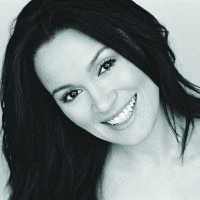







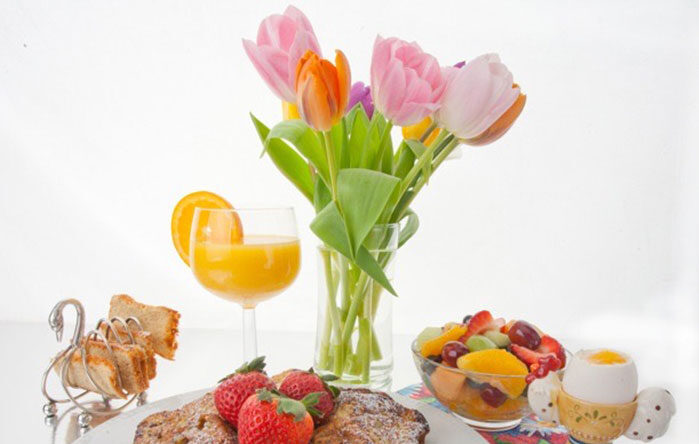
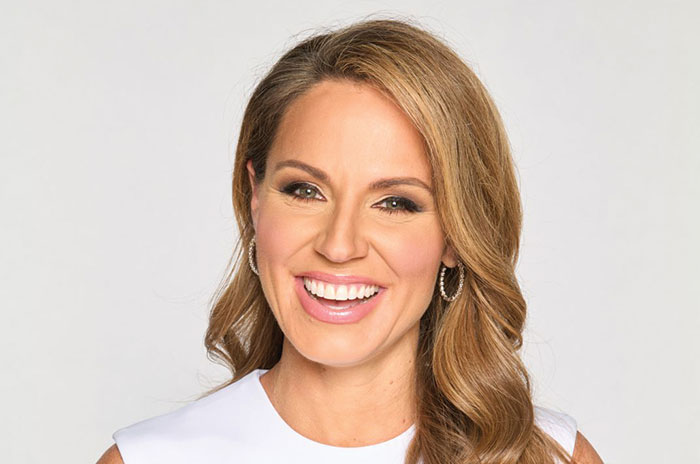

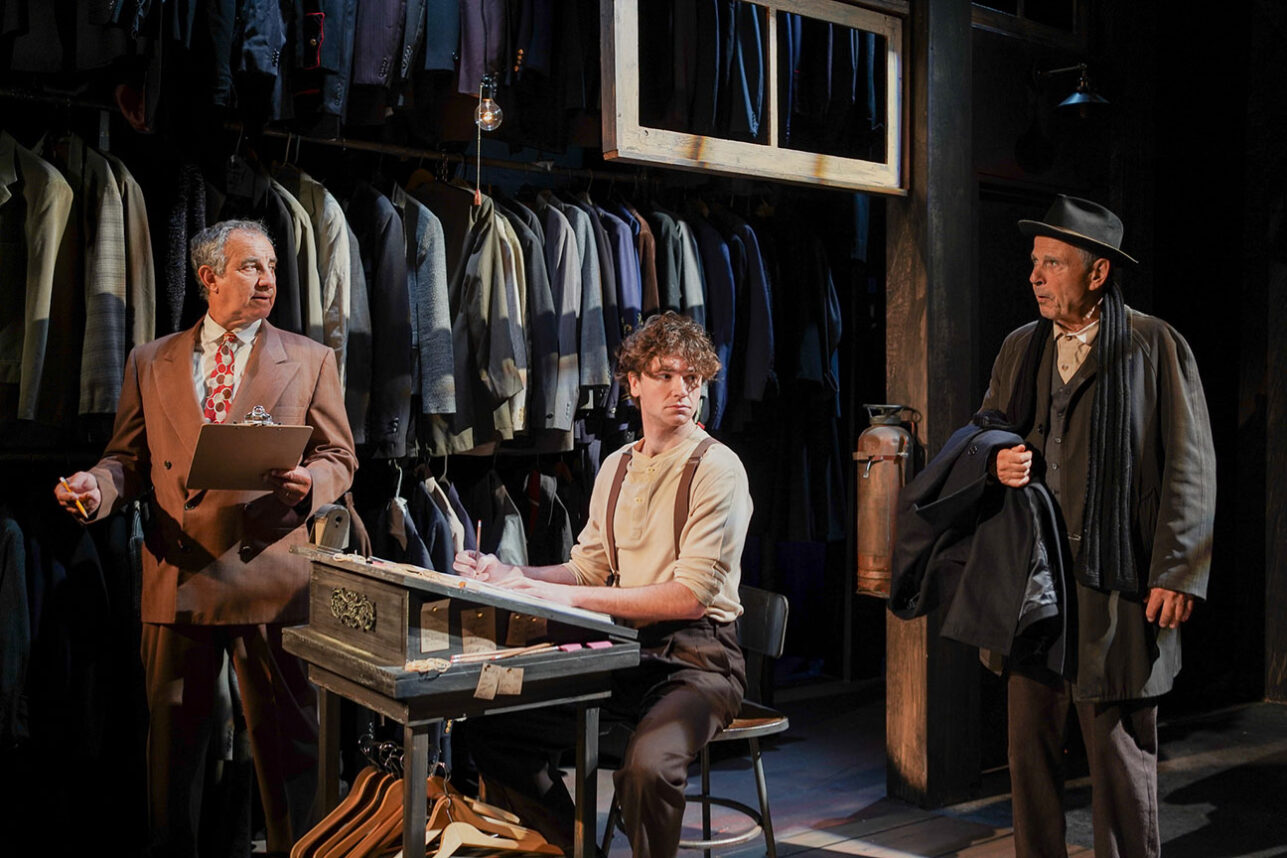
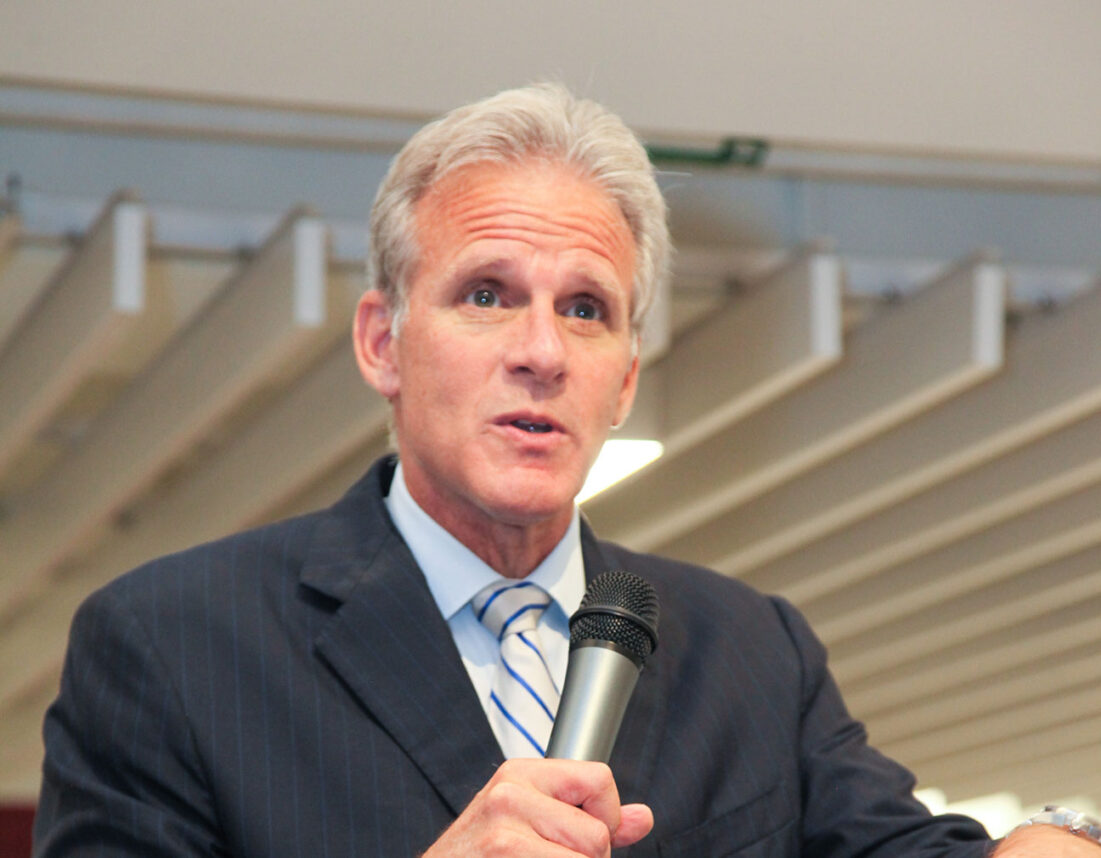









 More news and opinions than at a Shabbat dinner, right in your inbox.
More news and opinions than at a Shabbat dinner, right in your inbox.